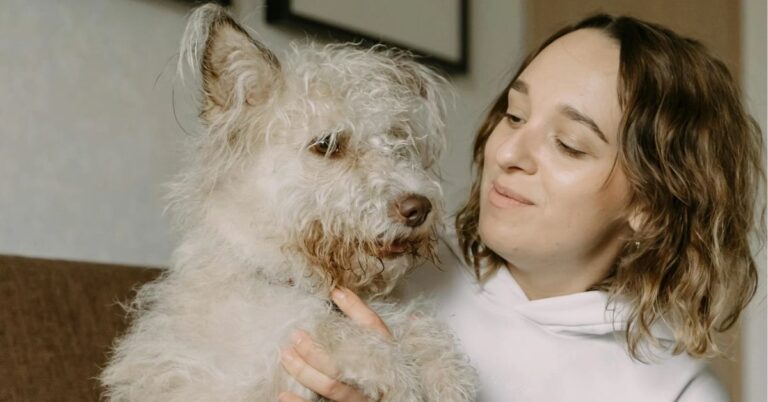20 Hidden Truths About Living With An Alaskan Klee Kai

Thinking about getting a dog that looks like a mini husky but doesn’t take up your entire couch? The Alaskan Klee Kai might be calling your name. But here’s the thing. These pint-sized fluffballs aren’t your average lap dogs. Read on to find out how smart and curious they really are.
Communicative And Vocal

Alaskan Klee Kai are talkers. Expect howls and commentary whenever something catches their attention. It’s part of how they bond—with constant updates about how they’re feeling. While fun and interactive for many owners, this trait can be overwhelming in apartments or quiet homes if not managed early with consistent sound boundaries.
High Intelligence

These dogs learn quickly and get bored just as fast. They thrive on puzzle toys, agility drills, and structured routines—but without enough mental challenge, they’ll invent their own chaos. Their smarts are a gift and a test, so training needs to stay fresh and tailored to their problem-solving style.
Loyal And Affectionate
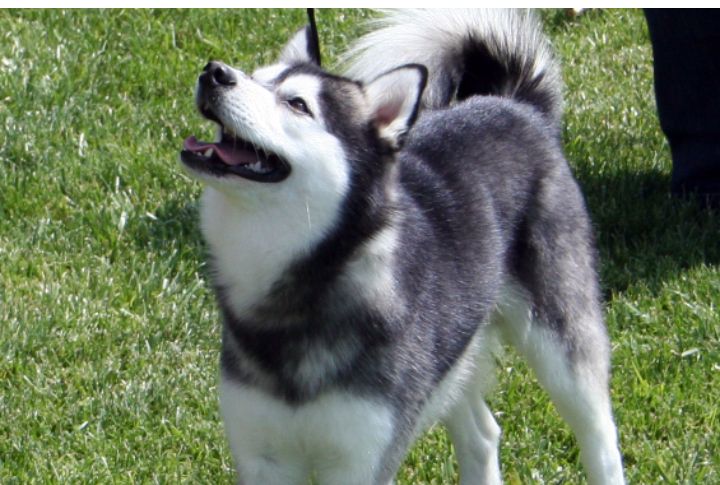
Once they choose their people, Klee Kai are shadows. They’ll follow you from room to room, snuggle up close, and expect to be part of everything. They bond deeply and dislike being left behind. This isn’t a background dog. They’re happiest as a constant companion with a familiar routine and close contact.
Compact But Capable

At 6 to 25 pounds, depending on size category, they’re light and apartment-friendly, yet athletic enough to hike or run. Their sturdy little frames carry a surprising amount of stamina. Just don’t assume small means delicate. These dogs have energy to spare and a lot more drive than their frame implies.
Playful And Energetic

This breed doesn’t wind down easily. Whether it’s a game of chase or running on a new trail, Klee Kai are built for action. Their enthusiasm fits perfectly into active households, especially those with older kids or other playful dogs. If your life moves fast, they’ll gladly keep up.
Watchful And Sharp
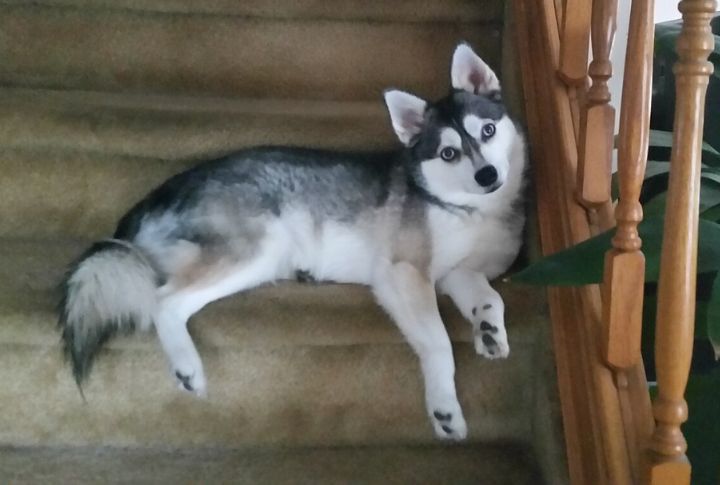
Though small, they’re alert and attentive to every sound and movement. Klee Kai make excellent little watchdogs, always ready to signal a new scent, visitor, or unexpected noise. They don’t bark aggressively, but their quick alerts keep you looped in. Early training helps shape their instinct into a helpful habit.
Low Maintenance Grooming
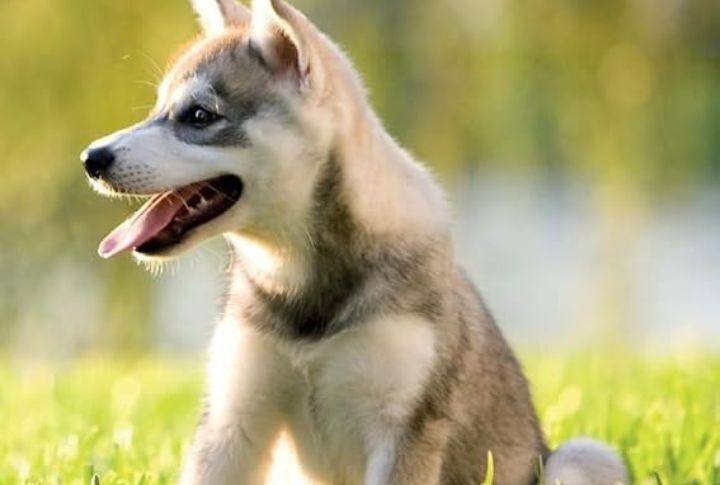
Despite a double coat, Klee Kai don’t require fancy spa days. Weekly brushing handles most of the loose hair, and they’re naturally tidy—much like cats. Bathing every few months is enough unless they’ve rolled in something questionable. During shedding season, step up the brushing to stay ahead of the fur tumbleweeds.
Long-Term Companionship
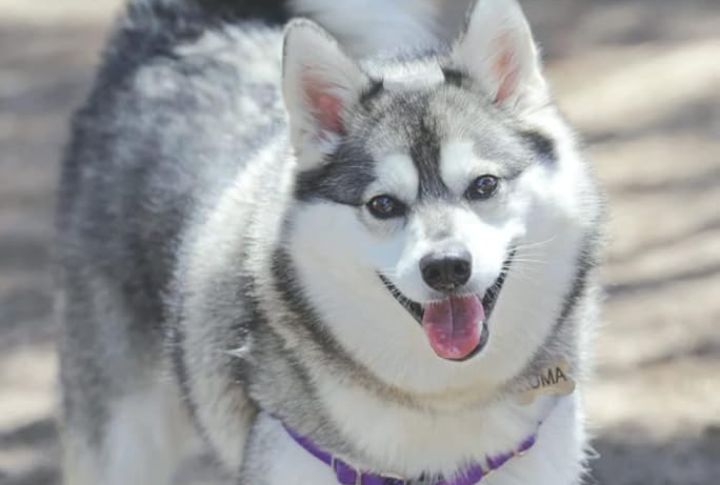
Klee Kais live for around 12 to 16 years. They age gracefully when cared for properly: given good food, consistent exercise, and regular vet care. You’re signing up for over a decade of loyalty and endless chatter—so make sure the commitment fits your long-term lifestyle before diving in.
Striking Looks
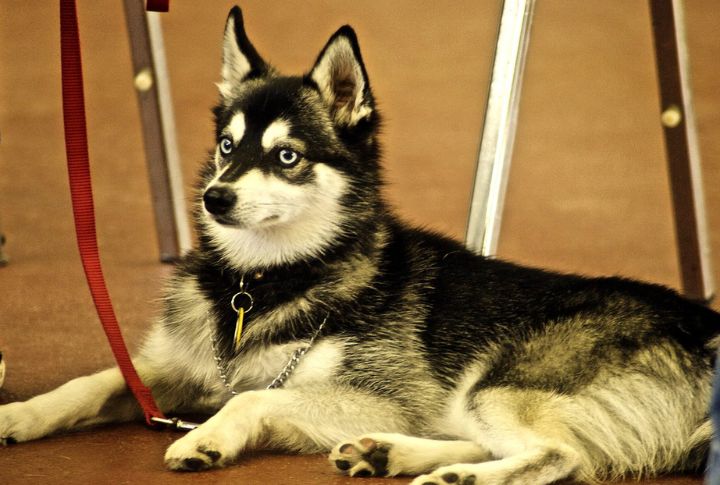
This breed’s miniature husky vibes and ice-blue or masked eyes draw stares. Their compact build and sharp markings give them a wild, alert appearance, even when they’re curled on the couch. It’s part of why people fall for them at first sight. Just know there’s more to them than looks.
Adaptable, With Conditions
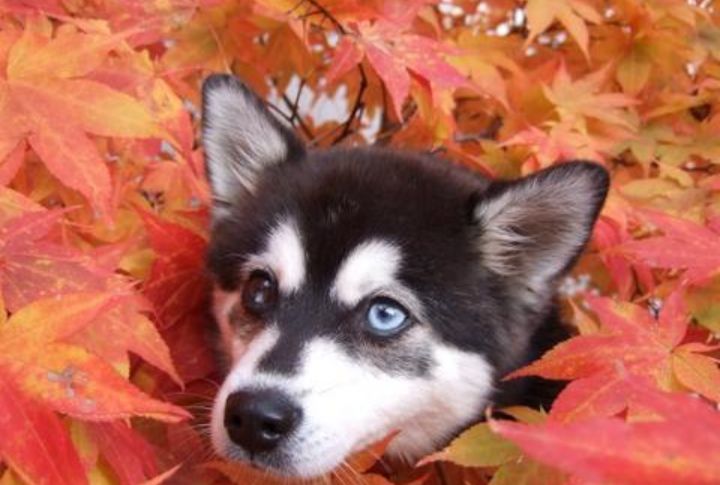
They can handle city apartments or country acreage—but only with structure and stimulation. Klee Kai need daily exercise and mental tasks, no matter where they live. Space helps, but routine matters more. Without enough activity, they’ll get restless and loud. If their needs are met, they settle beautifully into varied homes.
Cautious Around Strangers

Naturally reserved, Klee Kai may take time to warm up to new people. While they aren’t aggressive, expect barking or avoidance during first meetings. Ongoing, positive socialization from puppyhood helps them adjust. With patience and regular exposure, they can grow comfortable—but they’ll always be more observer than greeter.
Sensitive To Being Alone

Their attachment to their people means they struggle with solitude. Klee Kai left alone for long hours often develop separation anxiety, which can lead to howling, pacing, or chewing. They thrive in homes where someone is around most of the day or where structured routines and crate comfort are firmly in place.
Driven To Chase
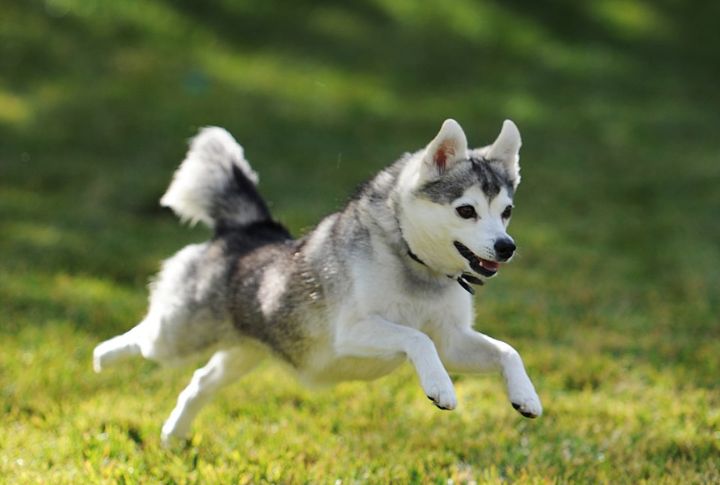
This breed loves the chase. Birds or squirrels can become moving targets. Off-leash outings must be secure and smaller household pets need extra protection. Early recall training helps, but instinct is strong. Assume that anything fast and furry is fair game unless proven otherwise.
Independent Thinkers
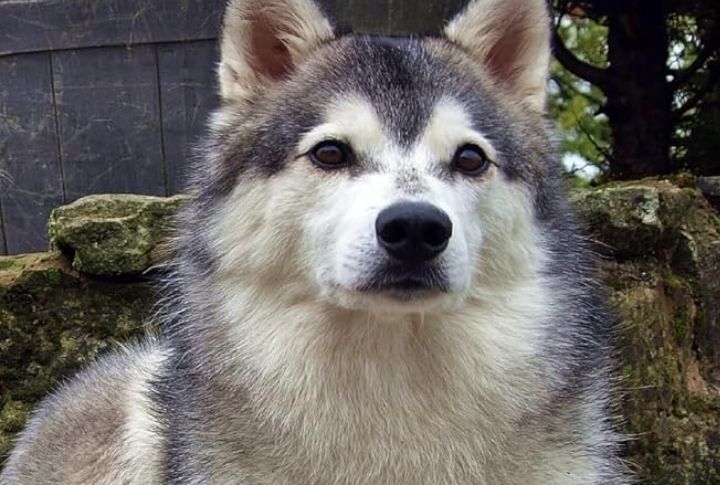
Smart doesn’t mean obedient. Klee Kai may resist commands they find pointless or just plain dull. Short, positive training sessions work best, with plenty of treats and praise. Expect occasional negotiation. They can learn plenty, but you’ll need to earn their buy-in rather than demand it.
Seasonal Shedding

They don’t shed constantly, but when they do, you’ll notice. Twice a year—spring and fall—the undercoat “blows” out fast. Daily brushing during these times is essential to manage fur and prevent matting. The rest of the year, weekly upkeep is usually enough to keep them looking clean and feeling comfy.
Exercise Is A Must

Don’t let their size fool you. These dogs need real activity to stay balanced. Daily walks or training games help burn off their intense energy. Without it, they turn anxious or destructive. If you’re a couch potato, this isn’t your breed. They need movement—every day, not just weekends.
Some Genetic Concerns

Though generally sturdy, the breed has a few risks: patellar luxation, liver shunts, and heart murmurs. Responsible breeders test for these, but owners should still schedule routine exams. Early detection helps avoid long-term complications, and knowing your dog’s family history goes a long way toward keeping them healthy longer.
Built For Cold, Not Heat

With their thick double coat, Klee Kai thrive in cold places and can overheat in hot climates. In summer, walk them early or late to avoid midday sun and keep water close. Never shave them; their coat insulates and prevents sunburn. Indoors, fans and AC are your best friends during heat spells.
Not Toddler-Tolerant

Quick movements and grabby hands stress Klee Kai. They don’t handle unpredictable kids well and may become anxious or snappy. Older children who understand boundaries are a better fit. If you have young kids, supervision and structured introductions are necessary to prevent tension—for both the dog and the child.



